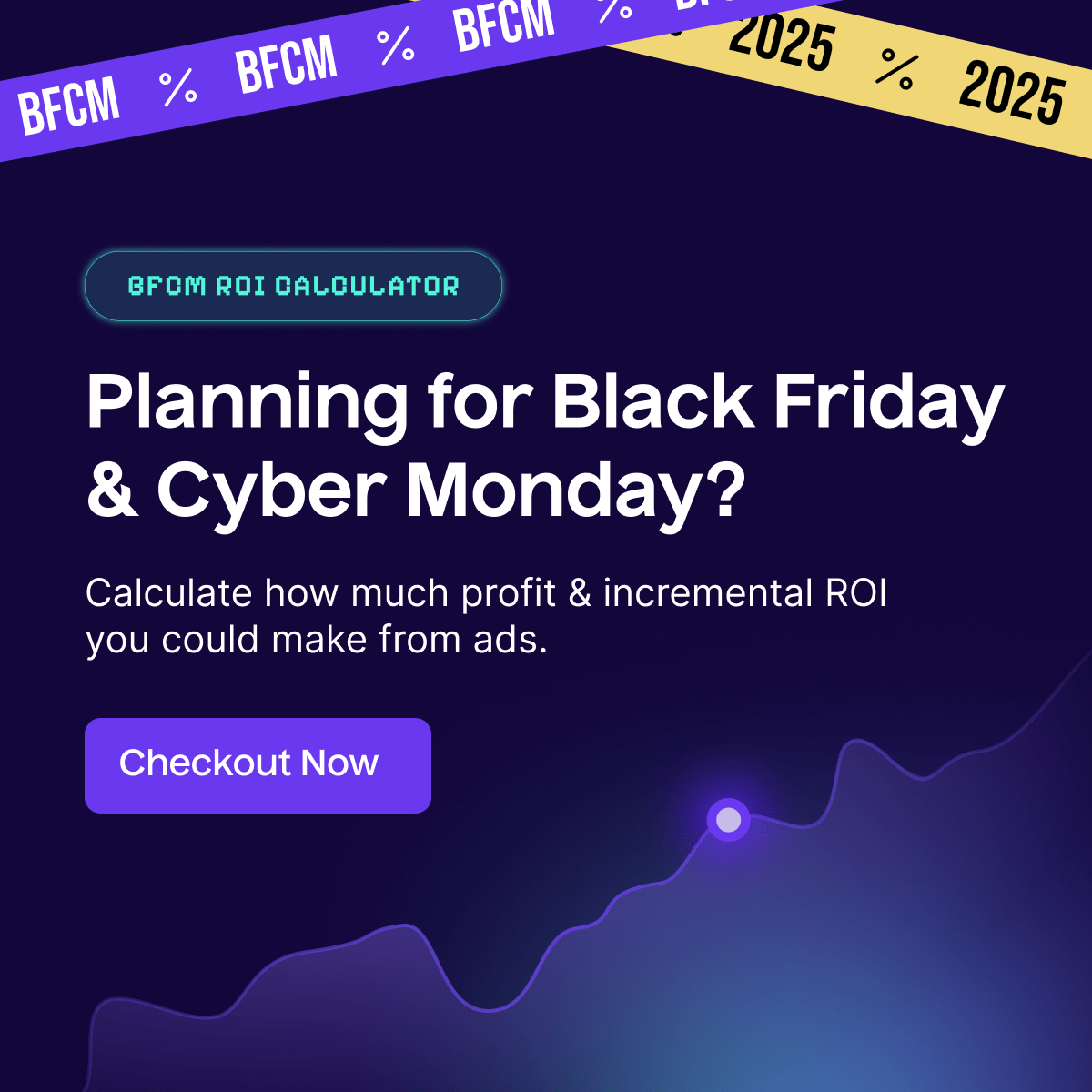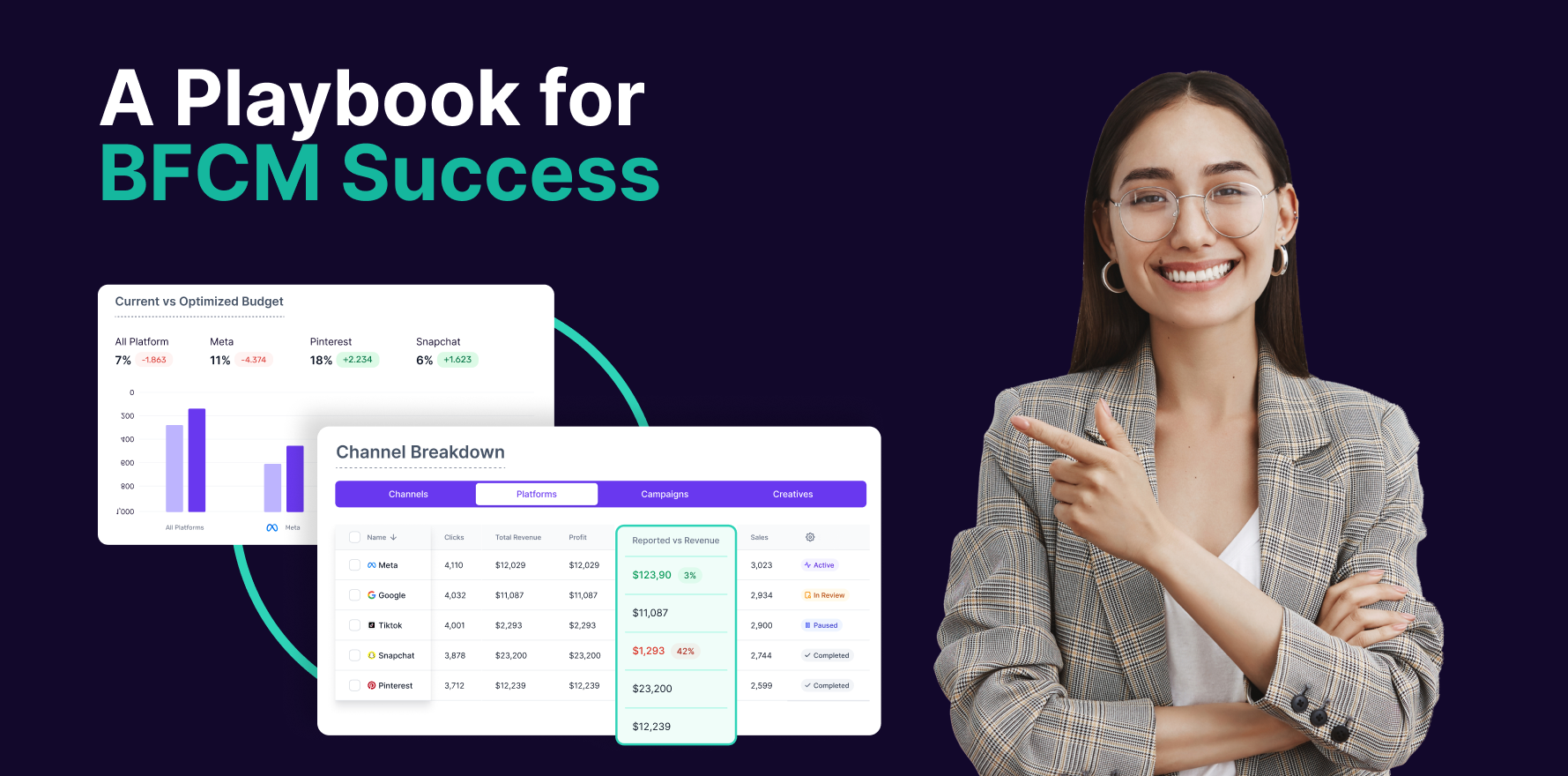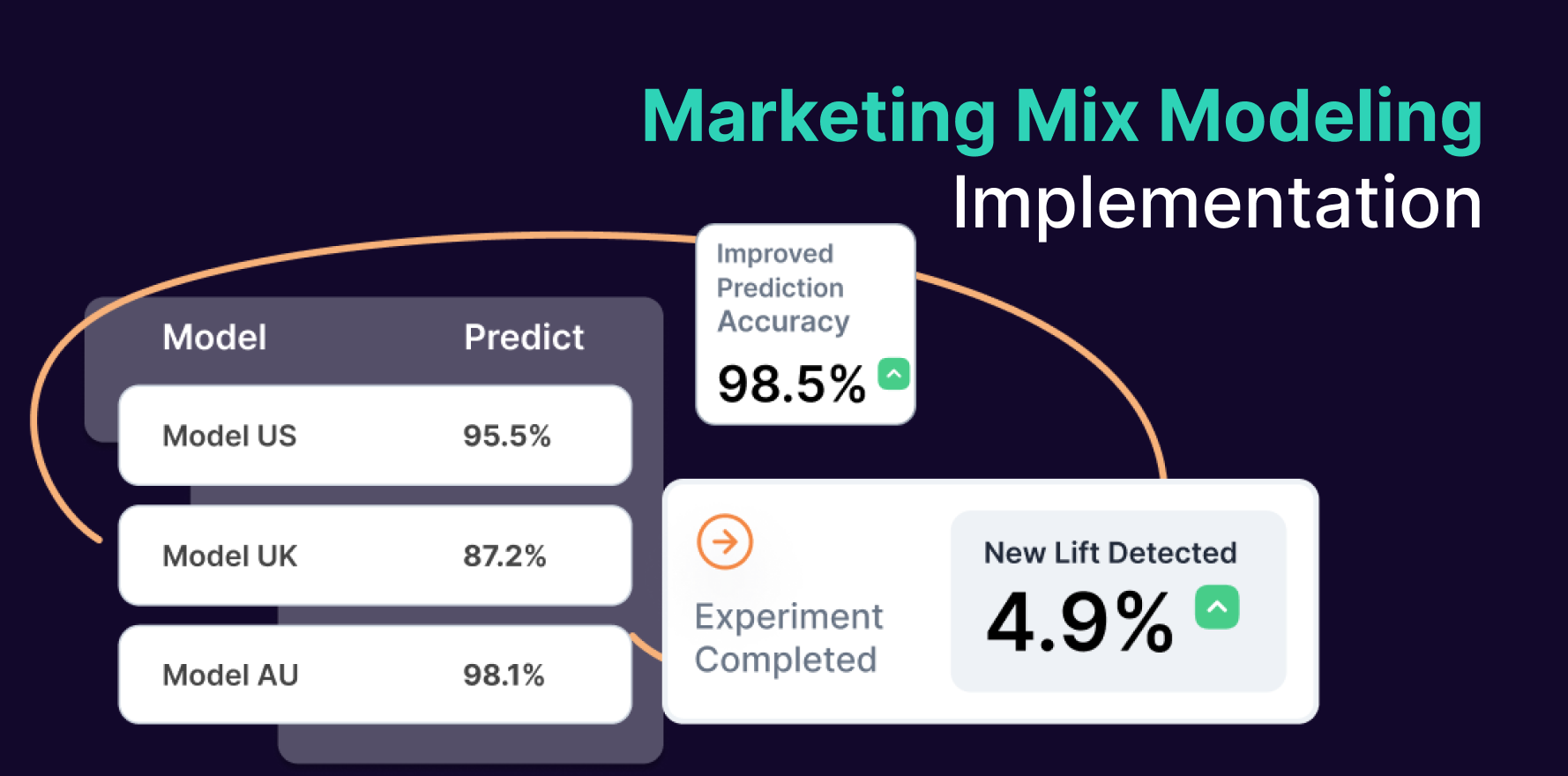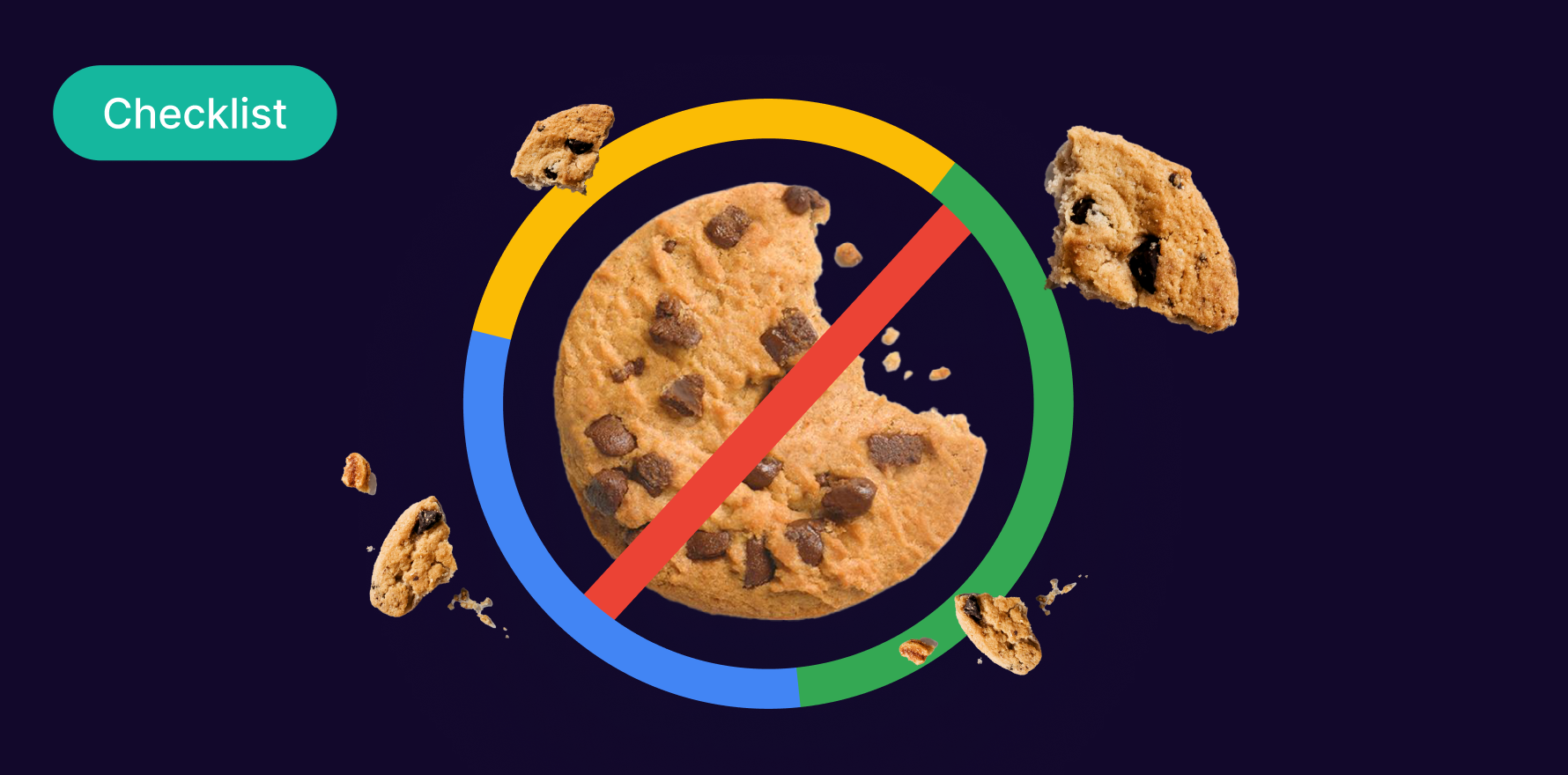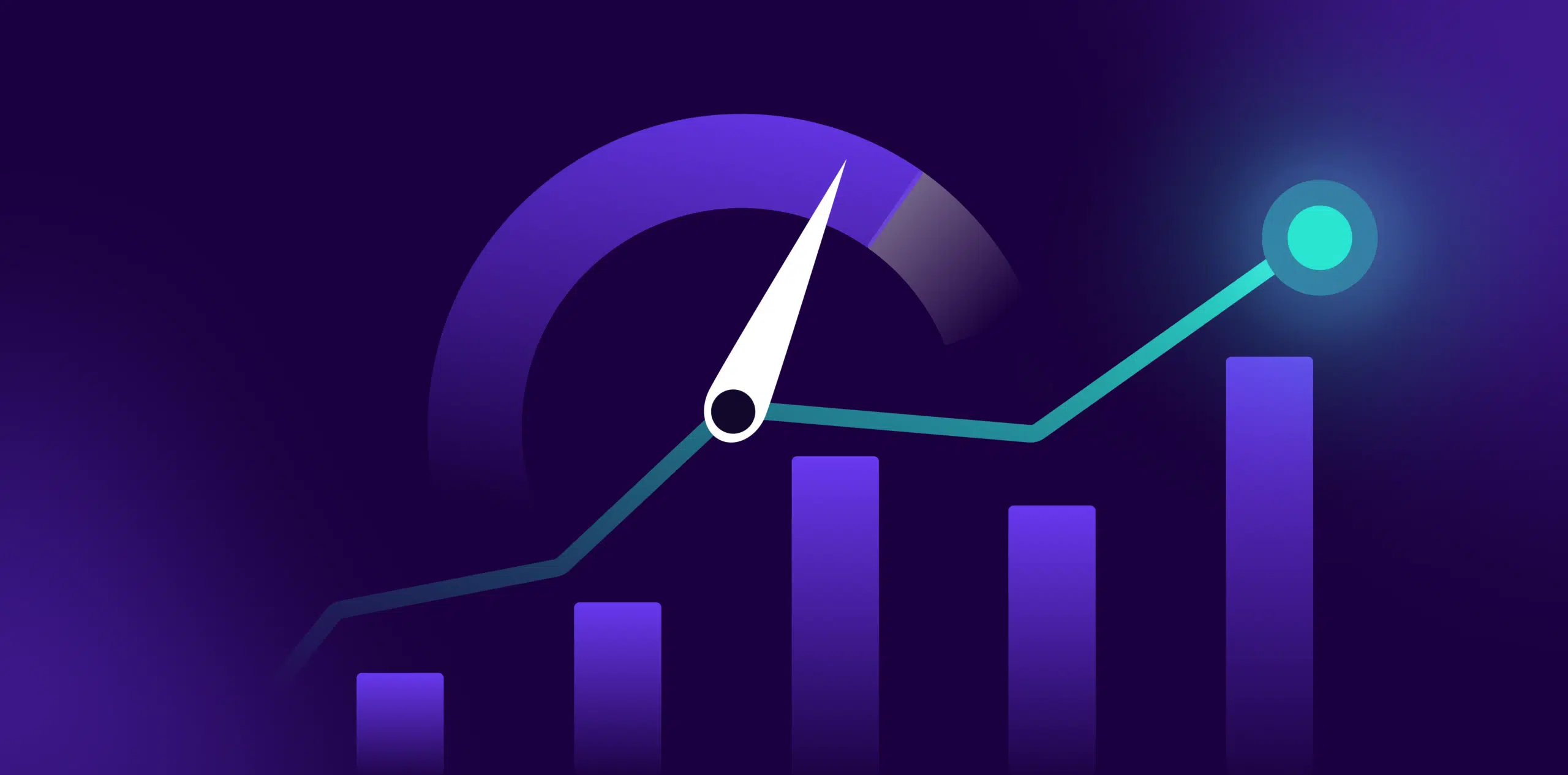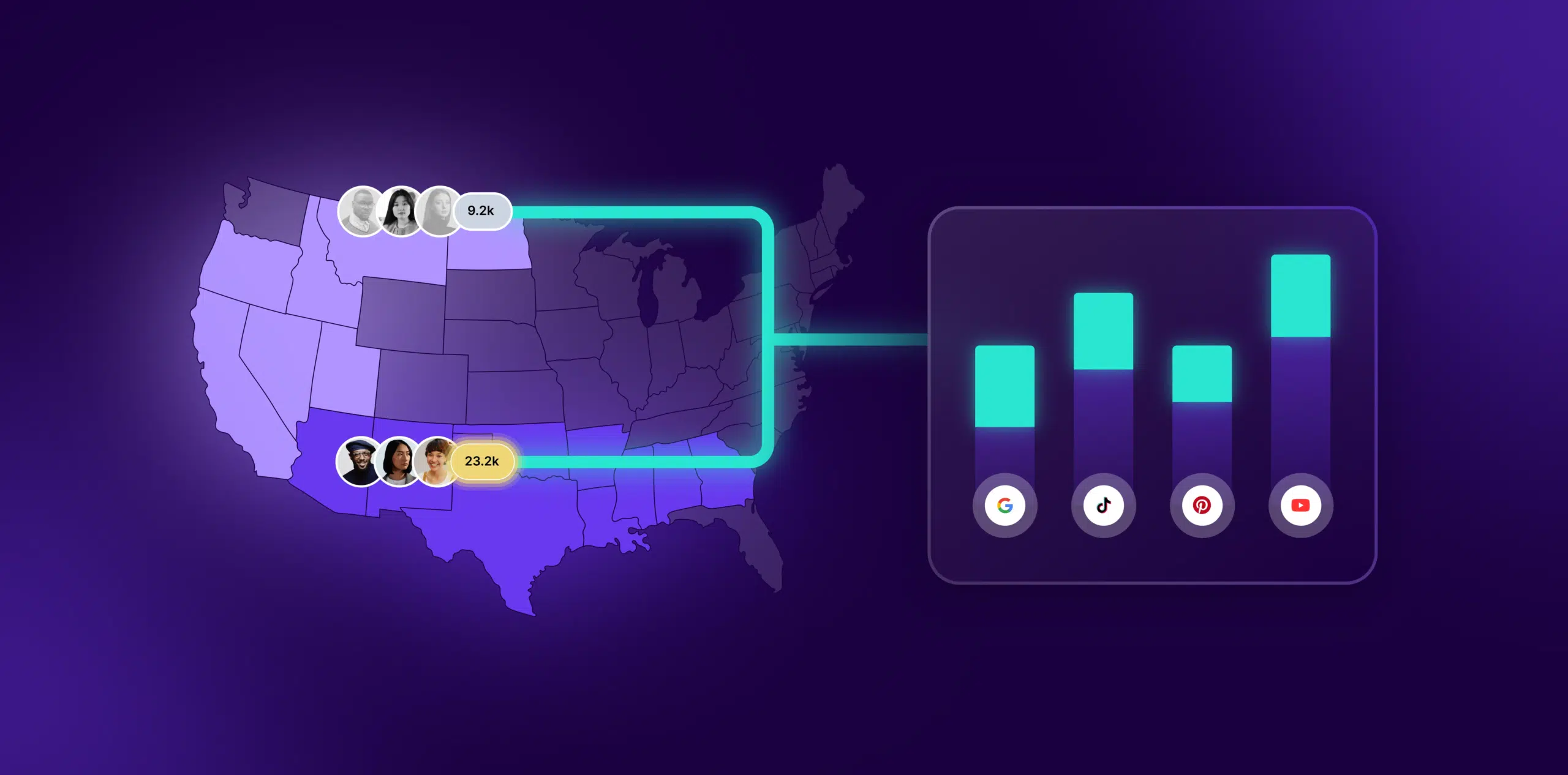What is App Bounce Rate?
The App Bounce Rate is a key performance indicator in the e-commerce and mobile app industry. It is the percentage of visitors who navigate away from an app after viewing only one page or failing to take any action on it. These users are considered “bounced” because they didn’t interact with the app or initiate any events.
Formula
App Bounce Rate = (Number of Single-Interaction Sessions / Total Number of Sessions) * 100%
Example
For instance, if an app has 200 total sessions in a specific time frame and, out of these, 50 sessions are single-page sessions or involved no interaction, then the App Bounce Rate would be (50/200)*100 = 25%.
Why is App Bounce Rate important?
The App Bounce Rate is a valuable measurement for understanding user engagement and pinpointing issues within the app. A high bounce rate is often a clear indicator of usability problems. Users may be engaging with only one page or section and then leaving because they are experiencing difficulty or not finding what they need. Lower bounce rates indicate better engagement and are typically linked to higher conversions and sales numbers.
Which factors impact App Bounce Rate?
Key influencing factors could include app loading time, ease of navigation, quality of content, and mobile optimization. The layout of the interface, promotional strategies, and conversion techniques can also affect the bounce rate.
How can App Bounce Rate be improved?
Improving the App Bounce Rate requires careful analysis of user behavior and optimization of the app interface. User-friendly interfaces, engaging content, and seamless navigation can reduce bounce rates. Regular testing, analysis of performance metrics, and understanding user journeys are also crucial in lowering bounce rates.
What is App Bounce Rate’s relationship with other metrics?
App Bounce rate bears a significant correlation with other e-commerce metrics like session duration, user retention rate, and conversion rate. Lower bounce rates usually infer longer session durations, higher user retention rates, and higher conversion rates, boosting overall app success.
Free essential resources for success
Discover more from Lifesight
